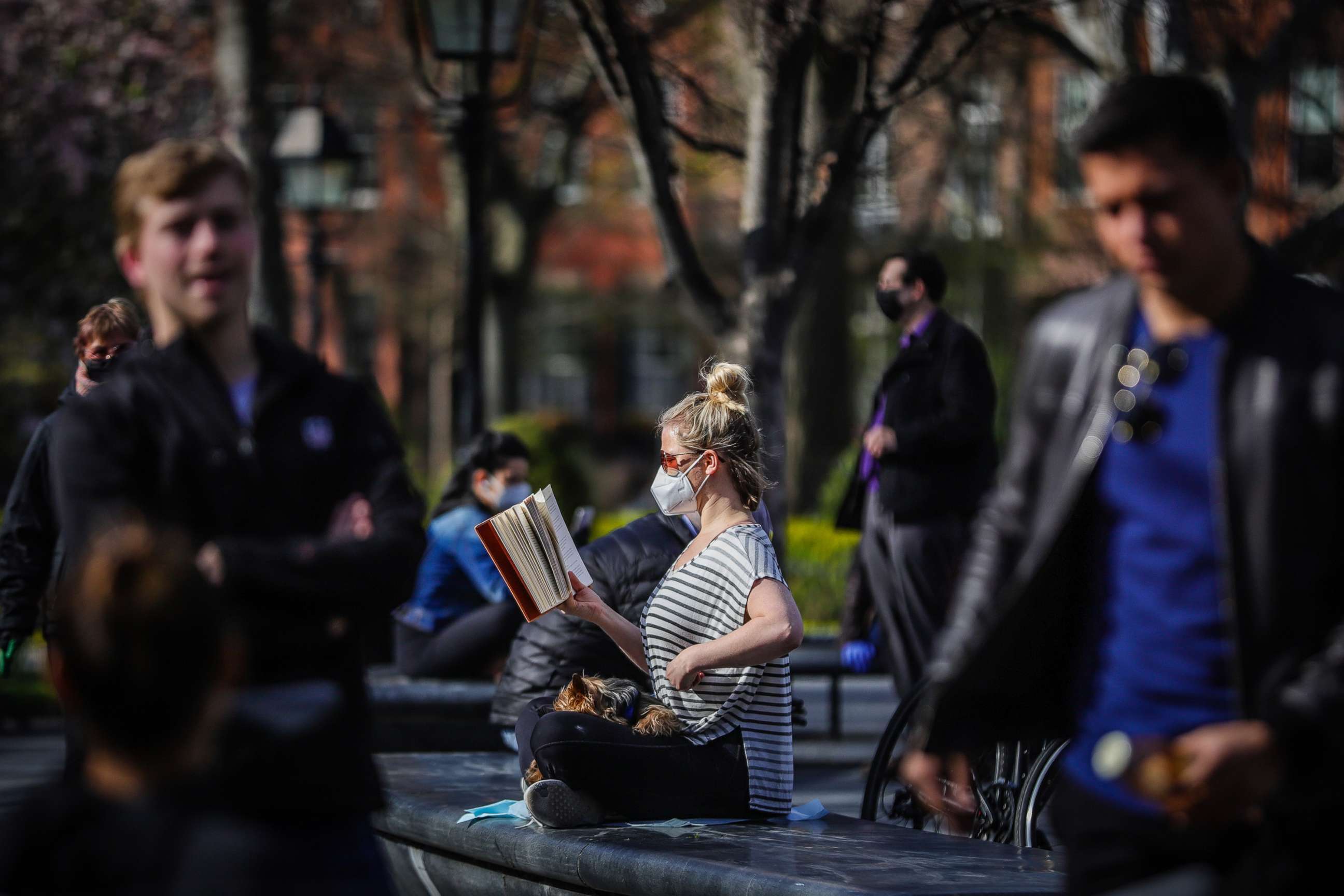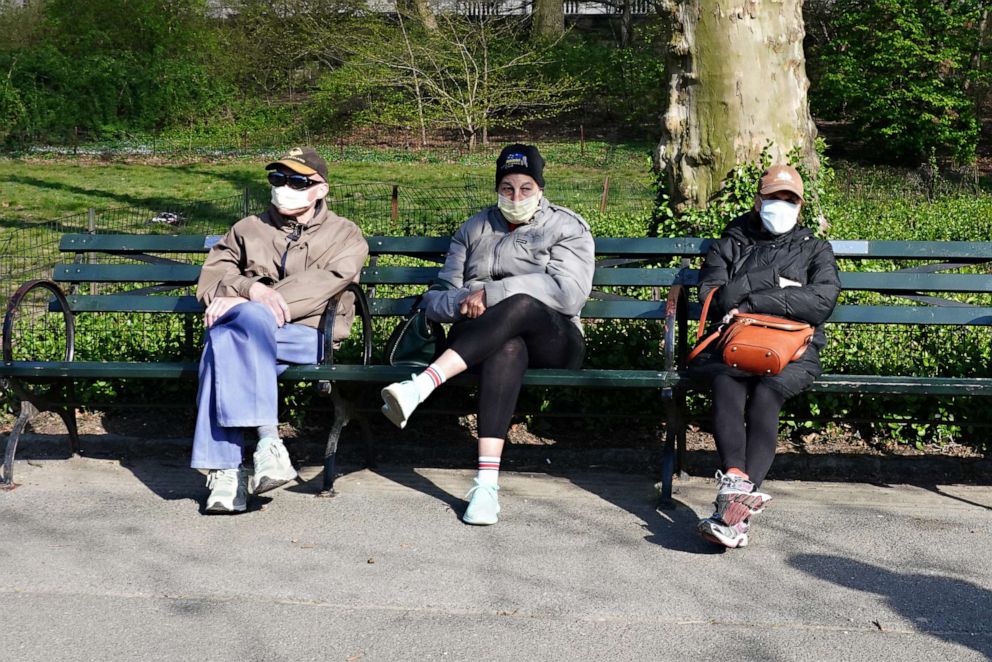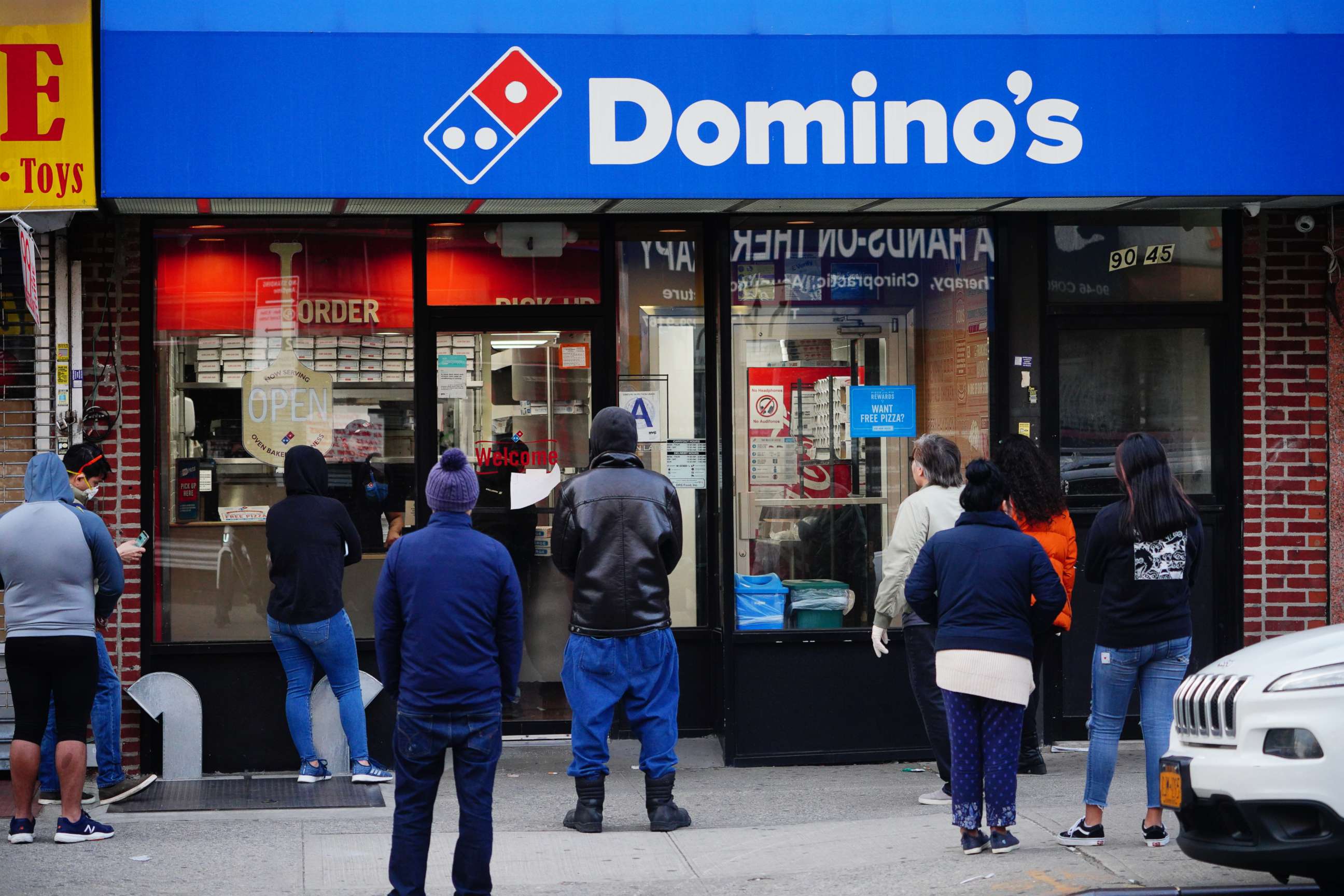Experts call for new national public health workforce to trace spread of COVID-19 cases
The practice, known as contact tracing, is a tried-and-true technique.
It starts with a phone call from a public health worker: You’ve been in contact with someone who has COVID-19. How do you feel?
If you’re feeling sick, you may be asked to self-isolate, get a coronavirus test, and share the contact information for everyone you’ve recently interacted with.
The practice, known as contact tracing, is a tried-and-true public health technique used to trace everything from food poisoning to sexually transmitted diseases to Ebola.
Now, public health officials across several states believe it could be used on a far greater scale to help track the spread of COVID-19, stamp out future flare-ups, and restart the economy.
It could cost billions of dollars to rapidly recruit, train and deploy a massive new public health workforce to identify every of COVID-19 case and trace the contacts of each individual, according to the recommendations in a new report coauthored by university health experts and an organization representing U.S. state and territorial health officials.
"If we don't do that, we will not be able to lift these blunt social distancing measures that are keeping everyone at home," said Crystal Watson, a senior scholar at Johns Hopkins Center for Health Security and one of the lead authors of the report.

As President Trump and the governors of several hard-hit states are starting to develop plans to ease those restrictions and allow more people to return to work, the authors of the report argue that there must first be a coordinated national effort to dramatically expand rapid testing and improve the capabilities of local and state authorities to identify infected individuals and those who have been in close proximity to them.
“A contact tracing effort of this unprecedented scale and of this critical and historical importance to the functioning and reopening of society has never before been envisioned or required,” the report said. “And our current core public health capacity is woefully insufficient to undertake such a mammoth task.”
The Trump administration's top health officials have voiced support for tracing and tracking symptomatic individuals. Dr. Robert Redfield, the director of the Centers for Disease Control, told NPR the plan to begin reopening the country will have to rely on "very aggressive" contact tracing.
And in an interview with the Associated Press, Dr. Anthony Fauci, director of the National Institute of Allergy and Infectious Diseases, echoed some of the cautions about reopening the country before systems are in place to identify and isolate infected individuals and their contacts.
"We have to have something in place that is efficient and that we can rely on," Fauci said, "and we're not there yet."
To meet the enormous challenges facing the country, the authors of the report estimate it would require a $3.6 billion emergency investment from the federal government to fund the hiring of up to 100-thousand contact tracers, who would be strategically deployed to work with state public health departments.
"This is an intensive proposition to contact these people and we have a lot of transmissions in the country right now," Watson said.
The United States should also look to take lessons from the aggressive approaches to contact tracing in other countries that experienced earlier outbreaks, the report said, citing examples from China, New Zealand, Iceland South Korea, Taiwan and Singapore. In several of those countries, traditional approaches to contact tracing were augmented with the use of tracking through cell phone, travel history, credit card transactions and medical records -- methods that would certainly raise privacy concerns and objections in the U.S.
"These countries have dedicated substantial resources to establishing both the staff capacity and technological capabilities to support these efforts," the report said. "The experience of other countries provides an example that states, regions, and the federal government can emulate to help reduce the transmission of COVID-19 and support case investigation and containment efforts. Due to the vast range of state size and geography as well as state-specific population characteristics, state and territorial response efforts will vary greatly in the United States."

Contact tracing is routinely utilized by public health departments around the country to control outbreaks of infectious diseases. But because COVID-19 spreads quickly and can be transmitted before symptoms appear, contacts must be quickly identified and isolated in order to prevent potentially exponential spread.
“It is estimated that each infected person can, on average, infect two to three others. This means that if one person spreads the virus to three others, that first positive case can turn into more than 59,000 cases in 10 rounds of infections.,” the report said.
But at current funding and staffing levels, according to the report, state and local health departments are far short of the resources required to perform the time-consuming tasks of identifying and monitoring the contacts of each confirmed case.
“This is being done, but on a smaller level than what we need now,” Watson said. “It means calling people, finding who they have been in contact with and then contacting these individuals and having individuals quarantine at home for 14 days. And have them call in to say if they report symptoms. If those contacts are quarantined at home, they do not expose anyone else and hopefully the transmission chain ends with them.”
There are currently just 2,200 disease investigation specialists working across the country, according to a memo from the Association of State and Territorial Health Officials to lawmakers on Capitol Hill.
The group, in their recommendation to policymakers, called for Congress to help scale up "existing capacity at the state, local and territorial" levels, rather than "set up a system outside existing public health agency response," such as FEMA, the Federal Emergency Management Agency.
Recruits for the new positions could come from the ranks of the millions of Americans who have lost their jobs due to the economic downturn caused by the pandemic, the authors propose, or health departments could tap recently retired government employees, medical students or others with relevant public health experience.
“We don’t usually train contact tracers like this,” said Caitlyn Rivers, a senior associate at the Center for Health Security who contributed to the report. “Usually they’re full-time public health officials, so this is a slightly different approach. However, the training in this case can be pretty quick.”
Contact tracers would require minimal training and could, for the most part, handle the work remotely over the phone, the report suggests, but they should be provided with proper personal protective equipment for the occasions when they would have to conduct in-person visits.
“The good news is that the skills required can easily be taught, advanced degrees are not required (a high school–level education suffices), and no previous public health education is necessary—other than the just-in-time training and management that can be provided,” the report said.

Some states have already started coronavirus contact tracing programs.
Working with Boston-based global health organization Partners in Health, Massachusetts, for example, is planning to hire and train roughly 1,000 contact tracers to work with local health officials to identify and limit potential new outbreaks. The initiative’s first 200 investigators include many people who have lost jobs as a result of the economic downturn.
“That’s one way you could put people back to work and have the added value of potentially shortening the epidemic,” Dr. Joia Mukherjee, the group’s chief medical officer, told ABC News. “This is really doable, the contact tracing piece. But it has to be heavily invested in.”
And some lawmakers have proposed that a national public health workforce could draw from the ranks of the Peace Corps or other well-established public service programs, like Teach for America, City Year and AmeriCorps.
“These are folks who have gone through some vetting, some training, and they’re service-minded,” said Rep. Ami Bera, a Democrat from California who once served as the chief medical officer for Sacramento County. “The fact that they’re in these programs shows some level of public service commitment.”
Advocates for expanded contact tracing stressed the importance of drawing workers from the communities in which they would be working.
“There’s a history of distrust of the public health system, particularly in communities of color,” said Dr. Richard Besser, the former acting director of the Centers for Disease Control and Prevention who is now president and CEO of the Robert Wood Johnson Foundation. “That comes because of a long history of ways in which the public health system has neglected and at times used poor communities, communities of color, for furthering research rather than protecting health.”
Contact tracing should also take into consideration the difficulties of self-isolating, Besser said, particularly for lower-income and recently unemployed Americans.
“Just an important as implementing a system of contact tracing,” he said, “you have to understand what does it take for everybody who is identified as infected or a potential contact, what will it take for them to be able to isolate or quarantine themselves.”
What to know about coronavirus:
- How it started and how to protect yourself: coronavirus explained
- What to do if you have symptoms: coronavirus symptoms
- Tracking the spread in the US and Worldwide: coronavirus map
Tune into ABC at 1 p.m. ET and ABC News Live at 4 p.m. ET every weekday for special coverage of the novel coronavirus with the full ABC News team, including the latest news, context and analysis.
This report was featured in the Friday, April 17, 2020, episode of “Start Here,” ABC News’ daily news podcast.
"Start Here" offers a straightforward look at the day's top stories in 20 minutes. Listen for free every weekday on Apple Podcasts, Google Podcasts, Spotify, the ABC News app or wherever you get your podcasts.




